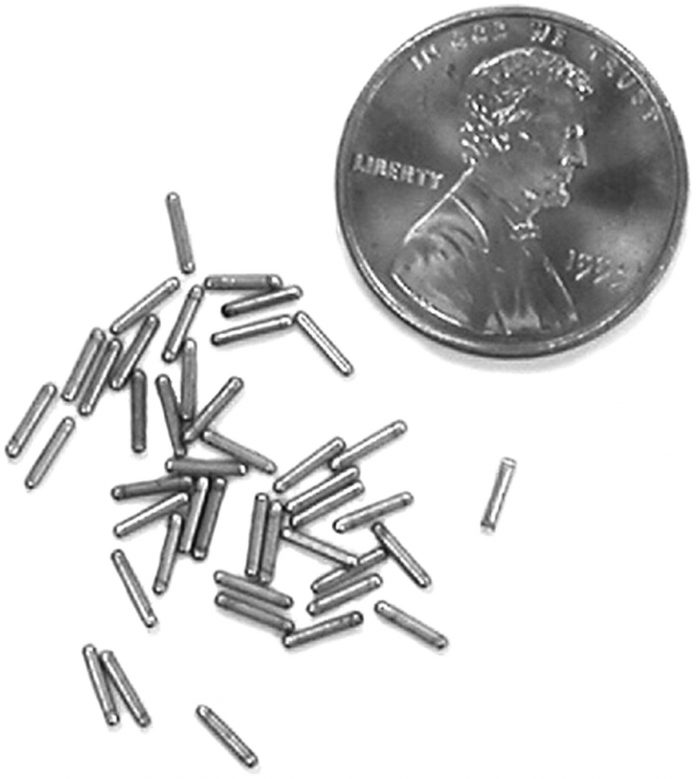Lakeside Women’s Hospital, part of the INTEGRIS network, is the first facility in Oklahoma to offer a new, more patient-friendly approach to pinpointing and removing very small breast cancers.
The innovative procedure is called radioactive seed localization. Using a mammogram or ultrasound for guidance, Charles Groves, M.D., a breast radiologist and medical director of the INTEGRIS Comprehensive Breast Center of Oklahoma, uses a thin needle to place a tiny metal seed into the breast to mark the exact location of the cancer. The implanted seed contains a small amount of radiation that helps the surgeon locate the area of abnormal tissue during surgery when it is too small to be seen or felt by hand.
“Until now, patients with such small breast cancers were required to undergo a procedure called breast needle localization, in which we would insert a wire into the breast to map the location of the cancer,” says Groves. “The wire remained in the breast, projecting out of the skin for several hours until the surgery. The wire was used to guide the surgeon during the operation.”
With the RSL approach, as it is called, the seed is implanted and the patient is allowed to go home and rest comfortably until their surgery date later that week. Denise Rable, M.D., an INTEGRIS breast surgical oncologist at Lakeside, uses a handheld radiation detection device to zero in on the seed and precisely navigate to the location of the cancer, which is removed along with the seed during the operation. Removal of appropriate breast tissue as well as the radioactive seed is confirmed with state of the art intraoperative 3D imaging of the specimen. After the procedure, no radioactivity remains in the body.
The radioactive seed is strictly used for tumor marking. It does not replace radiation or chemotherapy as a method of treating the cancer.













